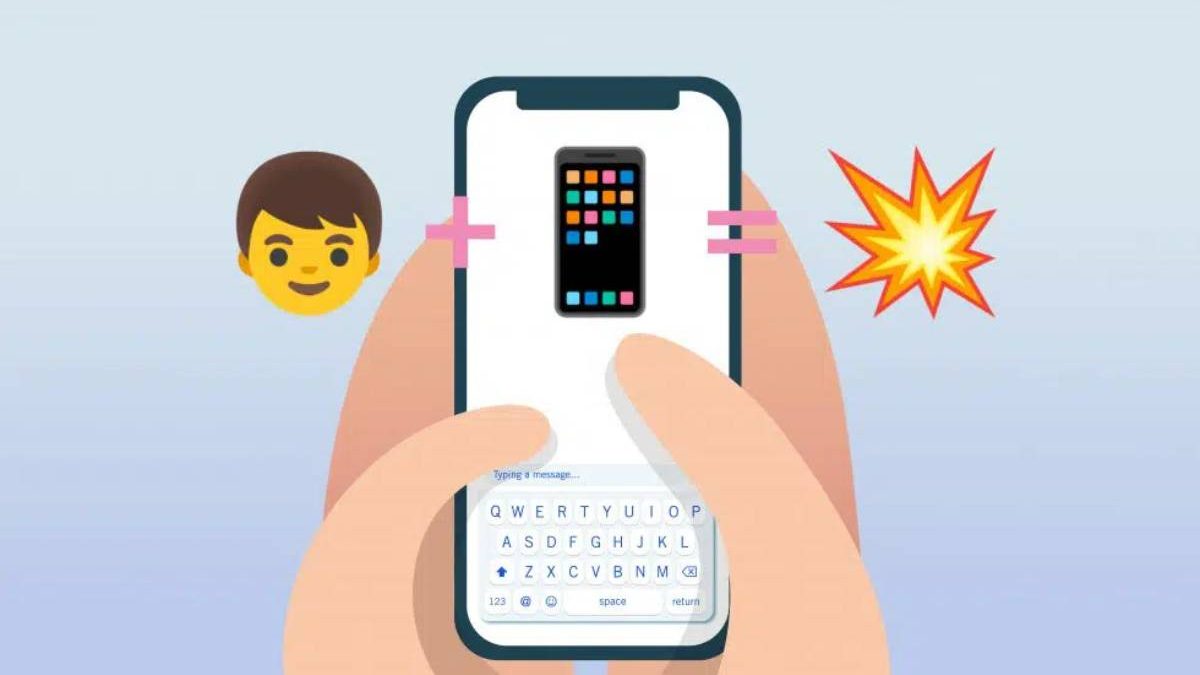Teenagers Mobiles And Social Networks: An Explosive Combination? Generation Z is the one born between 1995 and 2010, a generation of digital natives marked by the internet and new technologies. Recent studies suggest the link between increased psychological distress and relationships with cell phone use. Is it possible that the combination of teenagers, cell phones and social networks is producing disastrous results?
Table of Contents
Generation Z and mobile
Gen Z is currently between the ages of 12 and 25, which places today’s teens in that generation. Well, let’s start with some data on adolescents (13 to 17 years old): 95% already have a Smartphone, 55% use it 5 hours or more a day and 26% 10 hours or more a day. In addition, 75.7% have a laptop and 68.8% a tablet. In other words, teens and cell phones, or at least handheld devices, are becoming more common. A study conducted by researchers at the Universities of San Diego and Teenagers Mobiles Florida published in Clinical Psychological Science indicates an increase in cell phone use among adolescents between 8% in 2009 and 19% in 2015.
Regarding social networks, they currently mainly use the platforms YouTube (85%), Instagram (72%), Snapchat (69%) and to a lesser extent Facebook (51%) and Twitter (32%). Another important fact is that 45% of teenagers report being online almost constantly. The same study notes that high school seniors who use social media almost daily increased from 58% in 2009 to 87% in 2015. In other words, not only do adolescent girls spend more time on their mobile phones, Teenagers Mobiles but they also spend more time on social media
adolescent mental illness
Faced with this association of adolescents and cell phones, combined with social networks, there is another shocking fact that worries us.
In 2019, a study was published in the JAMA Open Network magazine that analyzed suicidal tendencies in adolescents/young people aged 10 to 19 between 1975 and 2016, with a sample of 85,000 individuals. Although the trend was downward until 2007, in the age group from 10 to 14 years old it increased between 2007 and 2016 by 12.7% for girls and 7.1% for boys between 2007 and 2016. These data on the increase in suicidal tendencies coincide with the study published in Clinical Psychological Sciences in 2017, with data from the US federal agency CDC (Center for Disease Control and Prevention), which cites an increase of 36.8% of the suicides among children aged 10 to 14 between 1999 and 2014. In Spain, according to the INE. Suicides among young people aged 15 to 19 increased by 47% between 2007 and 2014.
According to Jean M. Twenge, lead author of the study published in Clinical Psychological Science. Suicidal thoughts among adolescents increased by 12% and depressive symptoms by 58% between 2010 and 2015.
Teenagers, mobile phones and social networks. An explosive combination?
According to experts consulted in Spain. And even the person responsible for the study. A cause and effect relationship cannot be established between the two phenomena. Since there may be prior vulnerabilities or other factors (harassment, lack of attention from parents). Which cause the child or adolescent to spend more time in front of screens.
However, in an opinion piece also published in JAMA Open Network. Authors Joan Luby of the University of Washington School of Medicine and Sarah Kertz of Southern Illinois. University said that “rising suicide rates may be the warning signal that indicates important health problems. Derived from the widespread use of social networks that affect the development of children and adolescents.
Be that as it may, the number of hours of mobile use and. Above all, the use of social networks on it, have evolved in parallel with depressive or suicidal ideas among adolescents. Although the causality between one phenomenon and another is not yet clear. The abuse of social networks may be a factor that favors a worsening of their mental health. Teenagers, cell phones, and social media can be an explosive combination.

